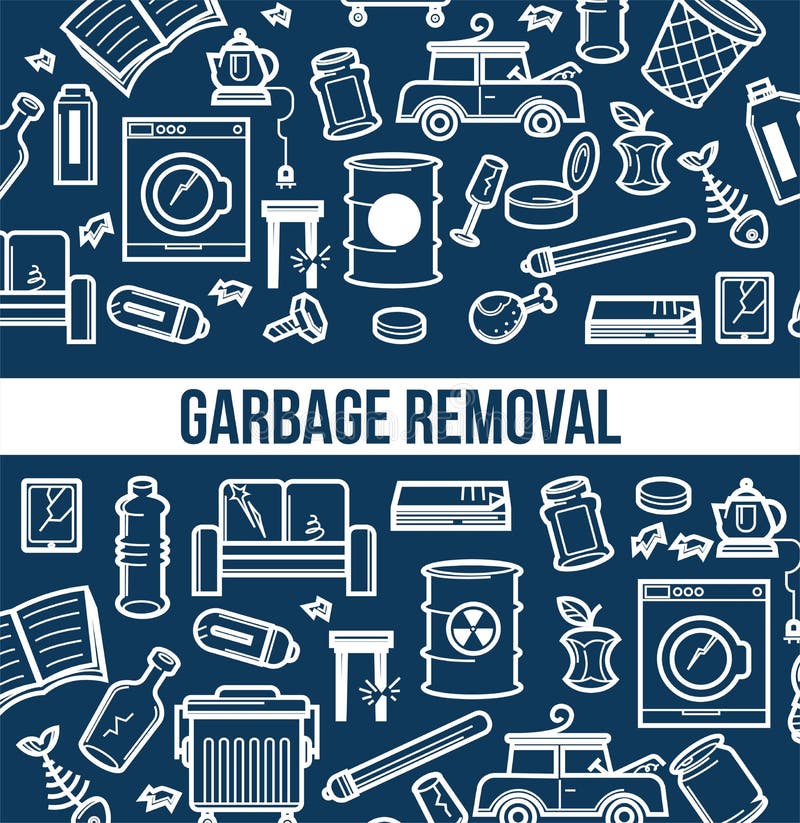Elevate Your Task Management Abilities By Mastering The Option Of The Appropriate Dumpster Size, Ensuring Efficiency And Budget-Friendliness With The Help Of This Thorough Guide
Elevate Your Task Management Abilities By Mastering The Option Of The Appropriate Dumpster Size, Ensuring Efficiency And Budget-Friendliness With The Help Of This Thorough Guide
Blog Article
Article Composed By-Galloway Davies
When embarking on a project that needs a dumpster, the size you select can considerably influence its efficiency and cost-effectiveness. Picture having the ideal container that fits all your waste without being exceedingly large or too little. Everything begins with understanding the nuances of your project and selecting a dumpster dimension that straightens with your details requirements. So, before you decide, take into consideration the aspects at play to guarantee a smooth waste monitoring process throughout.
Aspects to Think about
When picking the ideal dumpster size, there are a number of essential variables to think about.
Initially, think of the type of waste you'll be throwing away. Different materials may need varying quantities of area, so comprehending what you'll be placing in the dumpster is critical.
Next, analyze the quantity of waste you anticipate to generate. If you undervalue the quantity, you may require to make multiple journeys to throw away whatever, which can be bothersome and costly. On the other hand, renting out a dumpster that's too huge can lead to unnecessary costs.
In addition, consider the space where the dumpster will be positioned. Ensure there's enough space for the dumpster to be delivered and picked up without any obstructions.
Lastly, consider any weight limitations that might apply. Going beyond simply click the next site can lead to additional charges and even the rejection of service.
Dumpster Dimension Choices
For choosing the best dumpster size, it's necessary to have a good understanding of the offered options. Dumpster dimensions typically vary from 10 to 40 cubic yards, with variations in between.
A 10-yard dumpster appropriates for little jobs like a garage cleanout or a tiny restoration. If you're dealing with a medium-sized job such as a kitchen area remodel or a basement cleanout, a 20-yard dumpster may be the best option.
For larger jobs like a whole-house remodelling or commercial building and construction, a 30 or 40-yard dumpster could be better to fit the volume of waste produced.
When picking a dumpster dimension, think about the quantity and sort of particles you expect to get rid of. It's better to choose a slightly bigger size if you're unsure to prevent overfilling. Bear in mind, it's even more cost-efficient to rent out a dumpster that fits your needs as opposed to having to order an additional one.
Matching Size to Project
Optimally matching the dumpster dimension to your project is important for efficient waste management. To determine the best dimension, think about the extent and nature of your job.
For small house cleanouts or renovations, a 10-yard dumpster may be adequate. These are typically 12 feet long and can hold around 4 pickup truck lots of waste.
For bigger projects like redesigning multiple spaces or removing a large estate, a 20-yard dumpster might be preferable. These are around 22 feet long and can hold around 8 pickup truck lots.
If you're taking on a major construction job or business renovation, a 30-yard dumpster could be the very best fit. These dumpsters are about 22 feet long and can accommodate regarding 12 pickup loads of debris.
Matching the dumpster dimension to your task guarantees you have adequate area for all waste products without overpaying for unused capability.
Verdict
In conclusion, selecting the ideal dumpster dimension for your job is crucial for effective garbage disposal. By thinking about factors like the type and quantity of waste, area schedule, weight constraints, and budget constraints, you can ensure you have the proper dimension dumpster for your needs. See to it to match the size of the dumpster to the scope and nature of your task to prevent overspending on unneeded costs.
